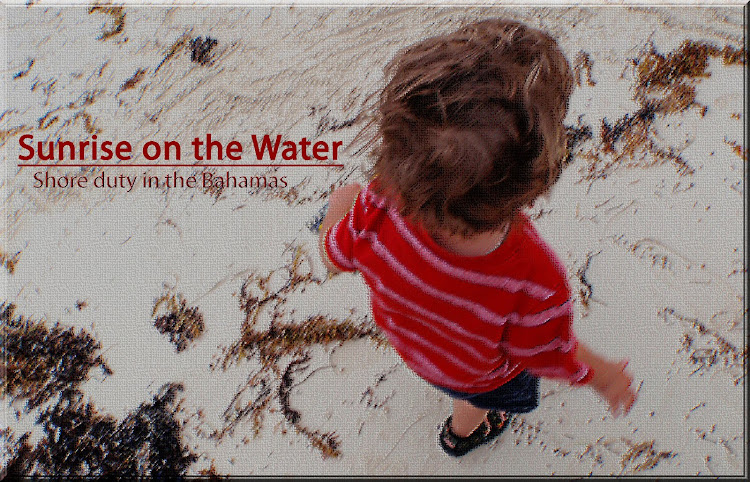Ok, a little later than I intended, but here are the pics of my surviving plants. I'm impressed any of them are still kicking, quite frankly. Not only did I leave them for over a week, but it was right after I transplanted them when they were in need of some TLC. I did mulch them well, and since we'd been having thunderstorms nearly every day for the two weeks before we left, I hoped the trend would continue.
I also hoped for some lower temps because it's hot in the summer here! Apparently, the summer is sort of like the winter in harsher climates - it's not so easy to grow things when it's so hot. Most of the seedlings we started a month or so ago didn't make it, despite my vigilant watering. The one bright spot was my swiss chard, which I feared wouldn't make it when I left. It's proving very hardy, though, and I'm about to plant some more because I love the stuff and am happy to find something that thrives in a tropical environment (along with the jalapenos, which we can't seem to eat fast enough).
*Warning: these pics are pretty bad. I think I had something on the lens when I took them, and I'm too lazy tonight to clean them up. I left them big, though, so you can click on them if you are so inclined. *
Tuesday, July 27, 2010
The Survivors
Here's a look at the bed. I felt like the 6 inch depth I had the two boxes at was a little shallow for the huge tomato and pepper plants I ended up with, so I stacked them up and went deep this time around. I was thrilled to discover that we have actual dirt here, too, so I dug into it a bit and left off the tarp I was using as a weed cover. (Although, ironically, none of the bigger plants ended up here.)
Here you can see some chives in the front right. Behind them is the basil bush I am going to remove and replace with some more standard basil plants. I didn't like the tiny leaves on the bush; it was too time consuming to harvest. The Swiss chard is to the far left, and there is a very sad tomato plant leaning to the side in front of it. It's looking pretty bug-eaten, but I'm not ready to give up on it just yet.
You can see the jalapeno plants in the background, but here's a closeup:
This is what happens when you don't pick jalapenos when they are green. I have actually read that they get less potent when they are red, but we picked these and used them in dip and they seemed about as spicy as ever. And a whole lot prettier!
The next pic is an overview of what is going to be the gardening area. The tomato plant in the big white bucket is the one that has been producing well for me. Big plants don't transplant so well, though, so I didn't have high hopes for it, but it's hanging in there. I still see some blossoms, so I'll nurse it along until it's obviously dying.
I actually went out today and dug out an area next to the wooden box there. I used the cinder blocks to frame it, and buried some bokashi to start prepping it for more plants. I think I will just concentrate on making dirt the rest of the this summer, then plant in earnest this fall when things cool down a bit and the bugs go away.
Speaking of bugs, I had my first close encounter with fire ants today. There is a colony of them that seems to have moved into the jalapeno plants. I brushed against them while working this afternoon and got a couple bites. Ugh. They are nasty.
Finally, here's my pepper plant, doing a nice impression of the Leaning Tower of Pisa. It was tough getting it into the pot straight, and clearly I failed to do so. It's still producing peppers, though, even if they look a tad deformed. I actually saved this plant from a whitefly infestation using soapy water (thank you, Internet) not long before we found out we were moving. I'm happy it's still kicking.
Posted by
Ana
at
21:35
![]()
Labels: Gardening Intrigues
Subscribe to:
Post Comments (Atom)








2 sonar pings:
Those look great. Especially for being left for a week. I wish ours was sprouting veggies like your peppers. They look great.
Hi there...came to your blog from MMB. I'm helping do some research for a non-profit called Sustain Haiti...they want to know more about what kinds of foods grow well in a climate like theirs. I wonder if you have anything you would like to add from your experiences that could help those volunteers on the ground.
Thanks!
Michelle
Post a Comment